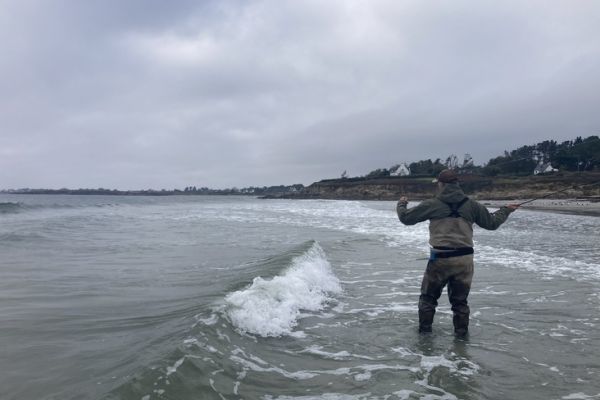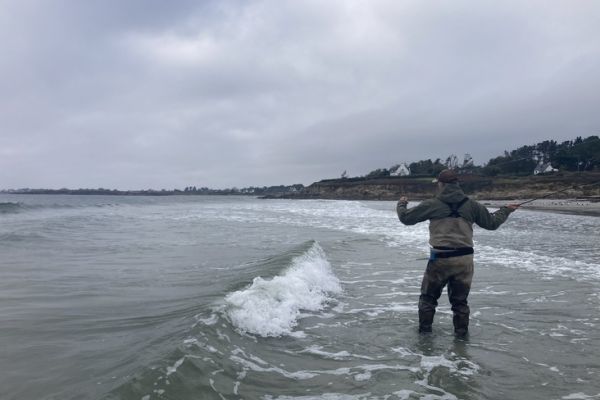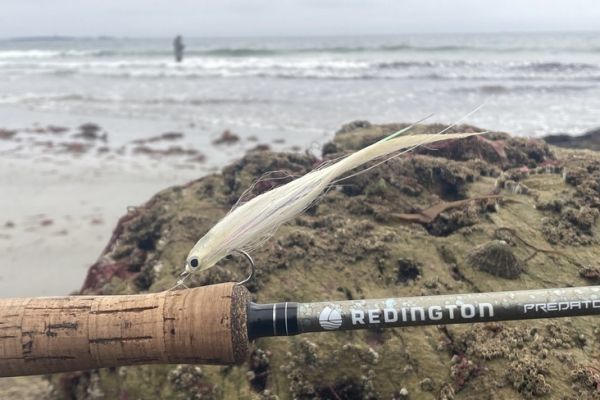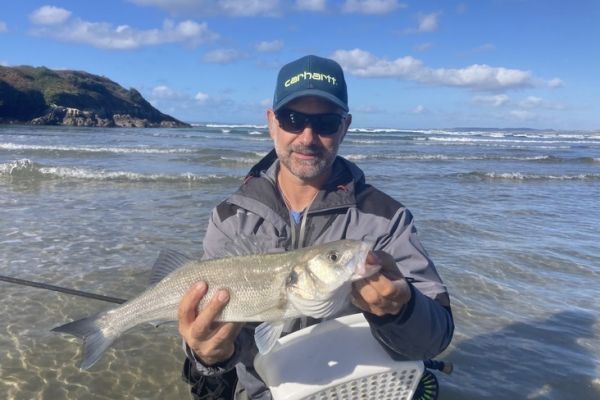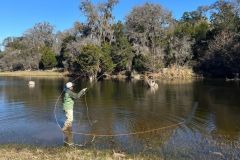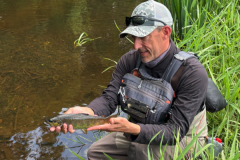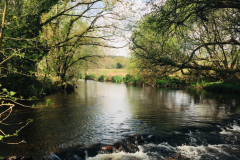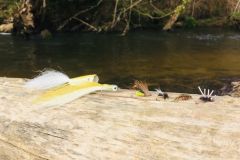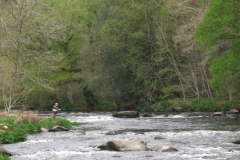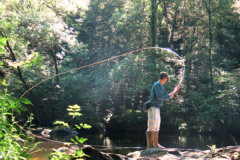A playground for bass and sea bass fishing
In Brittany, but also all along the French coast, whether on the Atlantic coast or in the Mediterranean, beaches are widespread and, above all, easy to access. This makes them an ideal playground for sea bass anglers.
Nonetheless, the beaches are sometimes overlooked, as their vast expanse makes them unattractive at first sight. However, with a few scouting trips, you'll be able to find the keys to catching fly bass on a more regular basis.
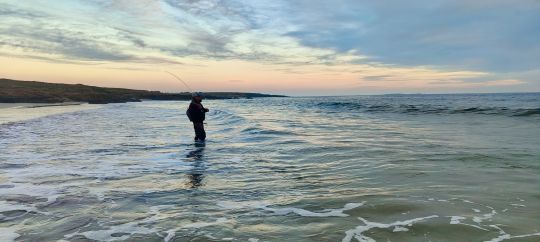
Beach types
Each beach is different, depending on a number of factors: length, type of bottom, depth, slope, presence or absence of structures, wind direction, etc...
So, depending on conditions and seasonality, we'll need to find the beaches that are most interesting for our hobby and those that are best populated by sea bass.
They can be fished differently in terms of equipment (especially silk density and fly type/size) and above all at different times of the year and at suitable tide times.
There are beaches made up entirely of sand, others with sandy/pebbly bottoms, and still others with more varied features such as seagrass beds, rocks or changes to the bottom (bays, changes in bottom type), etc...
-Sand beach
Large beaches with only sandy bottoms can be daunting, as reading the water may be more complicated. Indeed, especially if they are very long, as is the case in Brittany and along the Atlantic coast, finding fish on these large expanses requires a little practice and knowledge. In the absence of indicators (hunting, birds, presence of visible forage fish, etc.), you'll have to work hard to find the fish.
One of the most important factors, as always, will be to know at what time of the tide they are worth fishing and when the food will attract the bass.
Some are fished on a rising tide, others on a falling tide, and sometimes for shorter or longer periods.
They can be very interesting despite their uniform and unattractive backgrounds, because if the food is there, the sea bass will pass by at some point to have their daily meal!
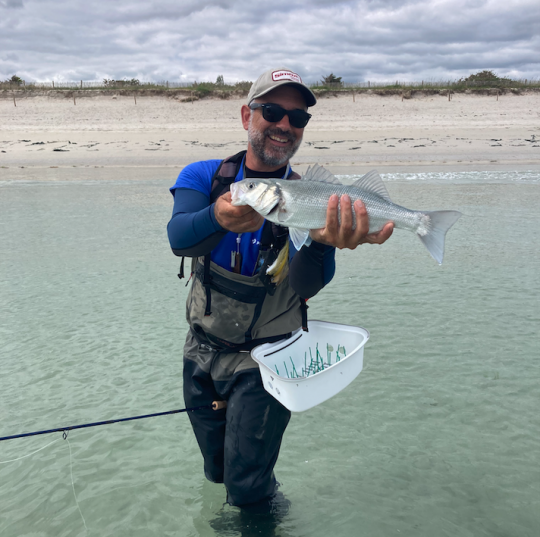
- Beach with marked posts
Marked positions include structures such as seagrass beds, rocks, pontoons or dikes. Any breakage or change that may bind food.
Again, depending on the time of the tide and the season, a variety of prey can be found on these structures, attracting predators. We therefore need to find the right tidal moment to cover these structures at the right time.
They are often easier to fish, because in this case you concentrate your efforts on these spots, but the fishing is not always rewarding!
- Beaches framed by rocky points
Beaches that are terminated on either side by rocky areas, be they points or simply a rocky overhang, are also interesting zones, as either food will be present close to these bottom changes and environmental modifications.
Predators, and therefore bass, can push forage fish into these often smaller beaches, blocking them to feed on them. Otherwise, the fish will move from one point to another, passing through the beach in search of their prey.

Fishing conditions and presence of food
Each beach will therefore be interesting to fish depending on the above-mentioned factors. You'll need to go fishing under certain conditions, at certain times of year, but always according to the time of the tide (coefficient, rising or falling tide, etc.).
The presence of food is the number 1 factor in all fishing, whether on the beach or elsewhere. It's the basis, of course. No food, no predator. Particularly for sea bass, which move around a lot to feed and are sometimes hard to find. But by keeping a record of your outings, you'll find that, little by little, you'll find correlations between these factors, which will help you understand each position and catch fish more regularly.
If the sea bass's preferred prey - shrimps, crabs and small fish - are present, they are generally visible and can therefore encourage us to focus on those areas where predators will sooner or later pass. Observation is therefore very important.
Also, the presence of birds is certainly one of the best indicators of whether food is present and abundant, and therefore where to fish and concentrate your efforts. Unfortunately, they're not always there, despite the presence of bass!

The wind is also important, especially for fly fishers. Firstly, to be able to cast correctly, as headwinds are never favourable, for the presence of food, and also the disturbance of the surface and creation of rollers. The wind pushes up sediment, algae and suspended matter, which attract small prey, followed by forage fish, which inevitably attract predators! Favourable winds will therefore be decisive for certain beaches, whether to fish them properly or to provide food.
Rollers are not easy to fish, but they allow the bass to feed very close to the edge of the prey heckled by the waves, without necessarily having to cast very far. So sometimes you'll have to brave the elements to fish in these conditions, which can be excellent for catching bass on the fly.
